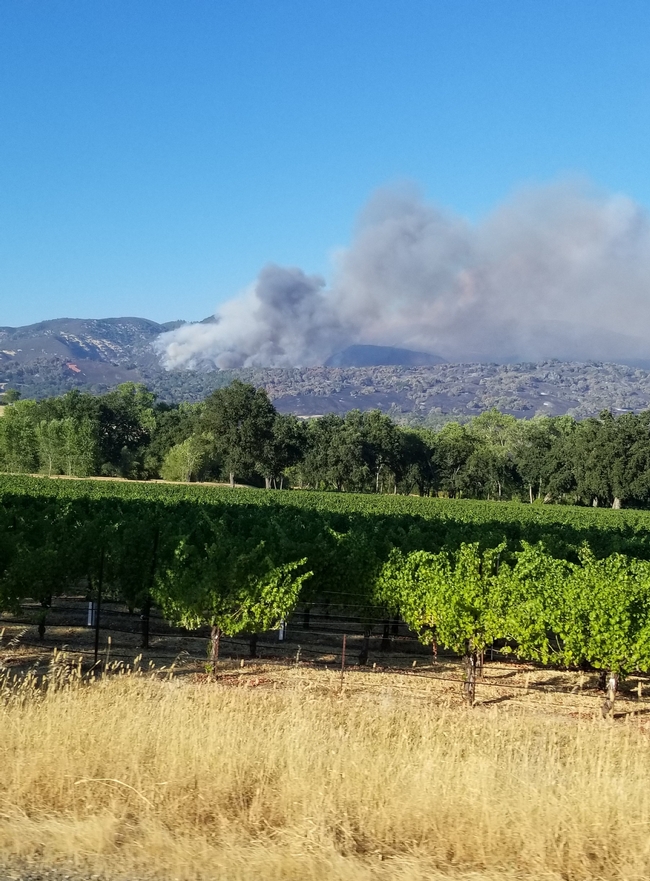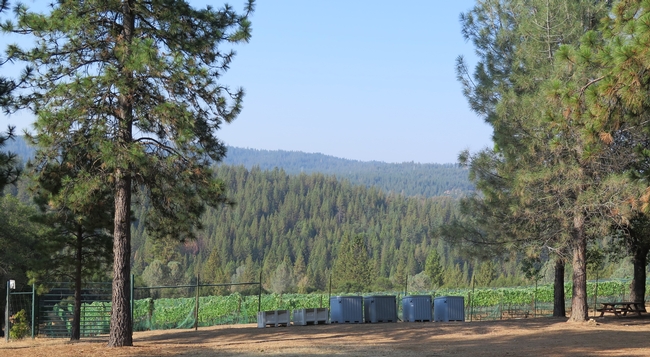The 2018 Mendocino Complex Fire burned 459,123 acres. 2020 wildfires have burned over 2 million acres to date.
Smoke taint in wine is defined as a lingering retro-nasal character (some describe as licking an ashtray-yeck!) and is not to be confused with “tobacco” flavors some grapes and wines may impart. White wines, which are less complex than reds, often show smoke compounds more since the offending smoke cannot "hide" in the oak or wine matrix. When you taste a wine, saliva picks up the smoke compounds with the other flavors. Interestingly, approximately 20-25% of wine drinkers can't pick up smoke in a tainted wine.
How does smoke taint a wine? When lignin, found in woody plants, is burned, volatile phenols (VPs) are released that absorb to grapevine leaves and berries. The VPs are absorbed through the berry skin and become BOUND inside. So, there are both FREE and BOUND volatile phenols in grapes affected from smoke exposure. For the wine industry, predicting smoke taint is tricky. The amounts of VPs present in smoke affected grapes are not related; there may be little to no Many foothill vineyards are in close proximity to forests. The 2013 Rim Fire in Tuolumne nearly burned this vineyard at Yosemite Cellars.
What's a grower to do? While washing ash off of fruit may help with flavors directly from ash, washing will not reduce smoke taint. And, so far, there are no known vineyard treatments (sprays) that have been shown to reduce taint. Spraying anything with a spreader/sticker adjuvant, even oil, during a fire event may even increase smoke taint uptake. Possibly the best thing a wine grape grower can do is get clear on their winery contract with relation to criteria for rejection, and insure their crop against possible losses, from smoke taint.
So far, most of the 2020 wildfires are far from foothill vineyards. And, since most of the taint research is related to "fresh" smoke (in close proximity to an active fire), I'm hopeful that 2020 foothill wines will escape with little smoke taint. Years ago, after the 2013 Rim Fire that burned in Tuolumne County, I visited Yosemite Cellars owners Cheryl and Ron Harms. They boldly made a Rim Fire Red with smoke tainted fruit from that vintage. Cheryl said for a time, it was a favorite with young wine drinkers. They loved the smokey flavor, reminiscent of an expensive Scotch, she said.

